Meet the Team

We’re multidisciplinary.

Our Subteams
Arm
The Arm subteam focuses on the design, manufacturing, programming, and electrical integration of the rover’s robotic arm. Our goal is to develop a strong, lightweight, and versatile manipulator capable of performing a wide range of tasks, from picking up tools and opening drawers to flipping switches and typing on a keyboard. This year, we are finalising the development of a new arm that improves on precision, reliability, and seamless integration with the rover’s control systems.
Applied Payload
The Adaptive Payload (AP) subteam gets its name because we’re all about adapting to new challenges. Whenever the rover faces a unique task (like digging, delivering, or exploring ) we design and build specialised payloads to get the job done. We don’t just build what’s needed now , we push the limits through hands-on research and development, prototyping, and testing new ideas. Whether it’s experimenting with materials, improving designs, or trialling new tools, our goal is to keep the team ready for anything, grow our skills, and make sure our rover can tackle whatever comes next.
Autonomous
The Autonomous subteam is responsible for developing the rover’s autonomous systems to compete in autonomy-based tasks in competitions such as ARCh (Mapping & Autonomous) and URC (Autonomous Navigation). Our primary responsibilities involve the integration of path-planning algorithms, machine learning, state estimation, and sensor fusion to successfully identify and navigate towards an objective. We always strive to improve the accuracy, reliability, and quality of our core autonomous capabilities and implement more intelligent behaviour in our systems. Relevant areas of study include Software Engineering, Computer Science, Information Technology (IT) etc.
Science
The Science sub-team comprises Payload Scientists and Payload Engineers. We develop payloads which contain various analytical instruments, mechanical components and electrical systems. Team members conduct research into Lunar and Martian environments, and design, validate, and manufacture analytical instruments and extraction mechanisms. We combine mechanical, electrical and scientific components into a system capable of analysing and extracting resources, and detecting life.
Business & Media
The Business and Media subteam plays a key role in managing relations with external partners of the team, as well as supporting the team from all non-technical aspects which includes but is not limited to marketing, design, merchandise and media production. Business and Media are also in charge of the creation of our Distributed Field Test (DFT) and Systems Acceptance Review (SAR) videos which are critical components of our competition submission.
Chassis
The Chassis sub-team researches, designs and develops the core mechanical rover systems. We aim to design something light and strong that can drive over rocky terrain and hold the electrical, arm, science and software payloads. The main components of the chassis comprise of the chassis body, suspension and drive systems, with a focus on streamlined interfacing between other subsystems of the rover.
Electrical
The Electrical subteam is responsible for the design, assembly and maintenance of the rover’s electrical systems. We facilitate communication between the rover and the base, design and assemble circuit boards, develop firmware, troubleshoot our systems, and manage the batteries used to power the rover. We produce a robust system that is capable of running our microcontrollers, motor drivers, robotic arm, scientific payload, and many other elements across the rover.
Outreach
The Outreach Division is responsible for representing Nova to the public through hands-on STEM workshops, school visits, and community events that showcase what engineering and robotics are really like in practice. We run engaging mini-rover workshops using custom-built kits designed in-house to spark curiosity and inspire students to explore engineering. A key focus of our work is promoting diversity in STEM through initiatives like the Pink Rover campaign, where we actively challenge stereotypes and foster inclusive conversations within the broader community.
Software
The Software sub-team serves the essential role of integrating all other sub-teams to create and control an operational rover for the different tasks we compete in at national and international rover competitions. This includes making the most out of the robotic arm and intricate home-made drive system, as well as streaming camera feeds and sensor data to an in-house designed and maintained GUI. An in-house simulator is under development to operate and test rover control virtually.
